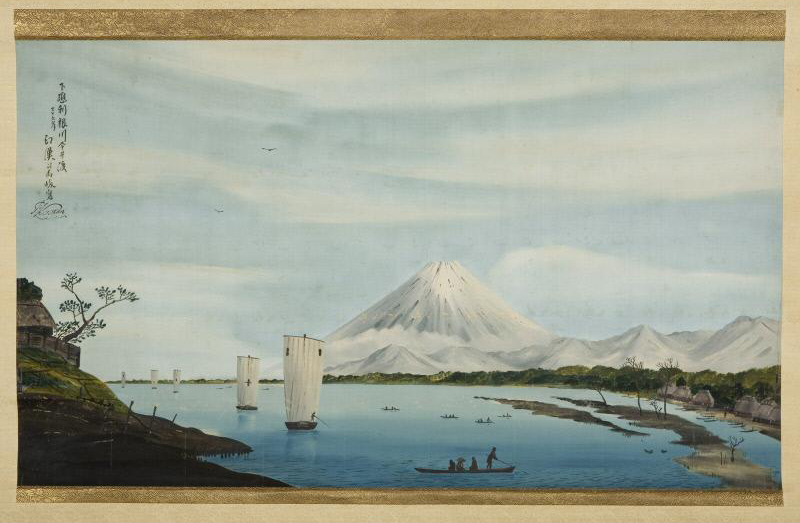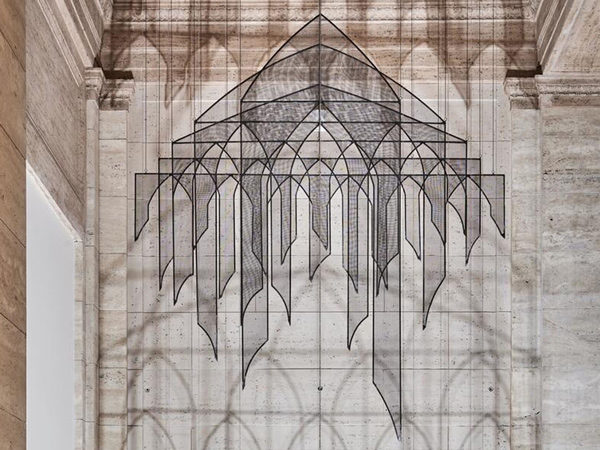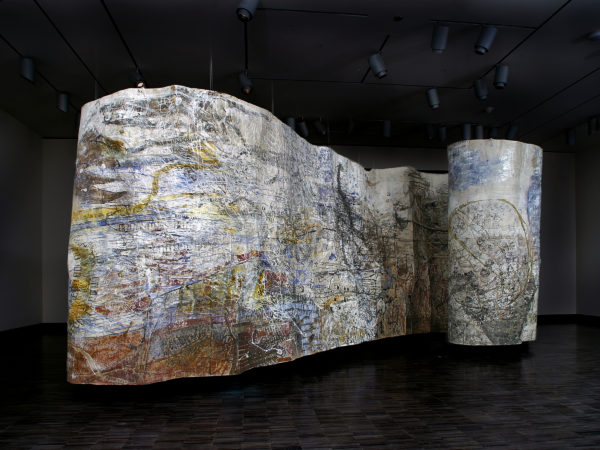Activity
Japan Encounters the West

Mt. Fuji Viewed from the Imai Ferry on the Tone River, Shimosa Province
European art and culture had a significant impact in Japan, both before and during the period of self-imposed isolation. Cultural exchanges with the Portuguese and Spanish, who arrived in Japan in the sixteenth century, led Japanese artists to create paintings, lacquerware, and porcelains in Western styles and with Western subjects for both export and domestic use.
In the 1630s, the Japanese government imposed strict regulations on trade with Western nationals. Only the Dutch were allowed to trade through Dejima, a fan-shaped man-made island in Nagasaki completed in 1636. Although foreigners were not allowed to cross from Dejima to the mainland, Western goods still flowed through Dejima into Japan. Books such as Seiyo gadan (Dissertation on Western Painting, 1799), which praises Western art for its techniques of realistic representation, were published and circulated in Japan in the eighteenth century.
By the early nineteenth century, Western art techniques were exploited by Japanese artists such as Shiba Kokan, Katsushika Hokusai, and Utagawa Hiroshige. Kokan used oil paints and three-dimensional shading in paintings of Mount Fuji and other time-honored Japanese themes. When the Western synthetic color called Prussian blue became available in Japan, artists such as Hokusai and Hiroshige utilized the imported color in their landscapes in place of traditional blues that easily faded. At first mistaken by Western artists for a traditional Japanese pigment, the intense blue color appeared in works by Vincent van Gogh, James McNeill Whistler, and other Western artists in the late nineteenth century.
American Commodore Perry’s forced opening of Japanese ports abruptly reversed a long-held policy that had limited contact with the West to a few Dutch traders. By the end of the 1850s treaties between Japan and several Western nations allowed unprecedented access to Japanese ports.
The opening of Japan accelerated the influx of new themes, styles, and materials from the West. Japanese artists studied Western-style painting in increasing numbers, and traveled to the West for training and inspiration. Western art and culture provided Japanese artists with fresh perspectives and challenged them to find new ways to express themselves. Indeed artists all over the world were looking outside their native cultures for new ideas. Looking East was only one part of a much more complex flow and exchange of creative ideas.





